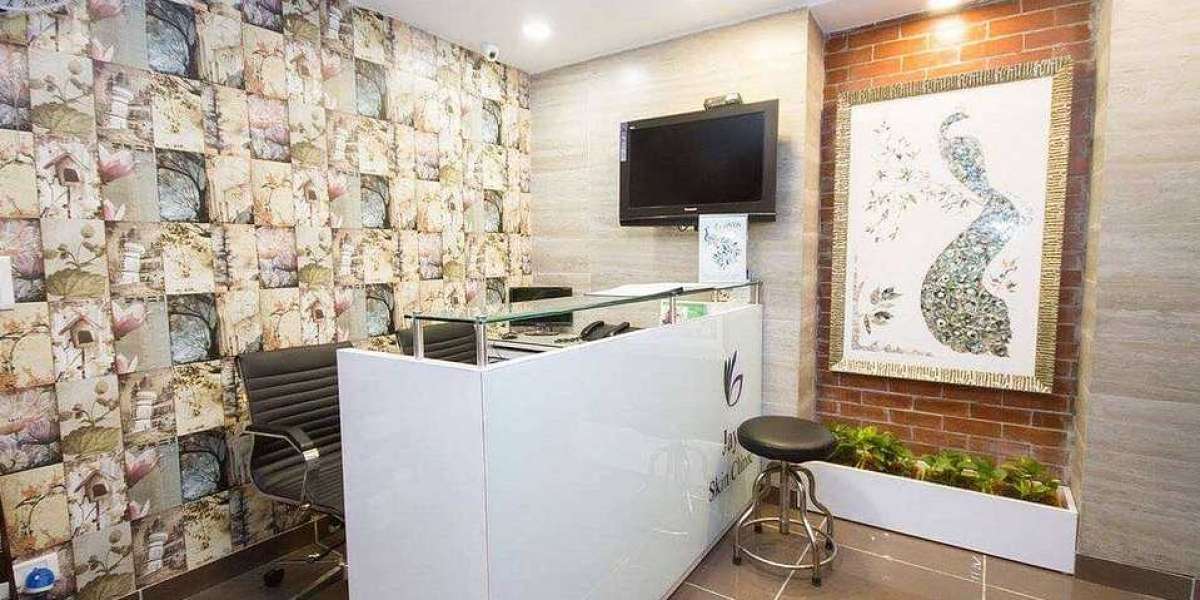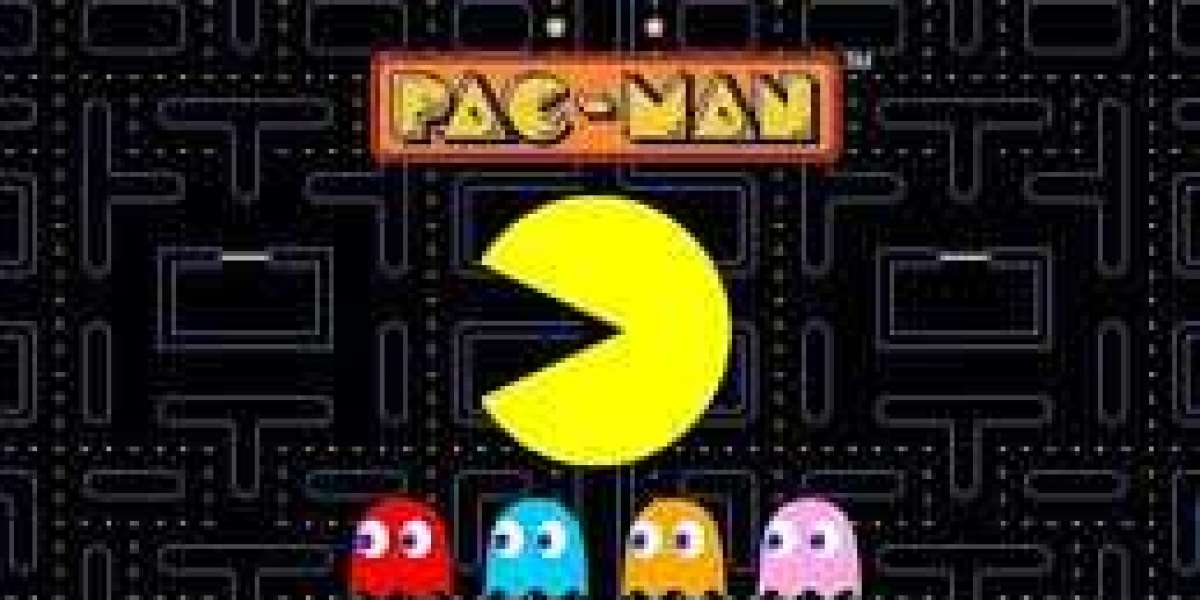The process of taking a simple sketch and transforming it into a detailed 3D model has revolutionized the way designers, engineers, architects, and artists approach their work. Whether in product design, architecture, animation, or video games, converting a sketch into a 3D model has become an essential step in realizing complex ideas and bringing them to life. This transformation from a basic 2D sketch to a fully realized 3D model offers a wealth of benefits, including better visualization, improved accuracy, and the ability to make realistic simulations. In this article, we explore the "sketch to 3D" process, its importance, and the tools used to bring ideas to life.
The Importance of Sketching in the Design Process
Sketching has always been a fundamental part of the creative process. Designers use sketches to capture their initial ideas, whether they’re visualizing a new product, a building, or a character design. Sketches are quick, versatile, and effective for brainstorming, allowing the designer to explore concepts rapidly. However, while sketches are invaluable for exploring ideas, they are limited in their ability to communicate depth, proportions, and other complexities inherent in the final design.
A sketch is essentially a two-dimensional representation that lacks the full scale, texture, and details needed to evaluate how the design will work in the real world. This is where 3D modeling comes into play. Transforming a sketch into a 3D model allows designers to explore the idea from all angles, visualize the design in greater detail, and refine their concepts more accurately. It also enables them to simulate real-world conditions, test functionality, and make design adjustments before physical prototypes are made.
The Sketch to 3D Process
- Digitizing the Sketch: The first step in transforming a sketch into a 3D model is digitizing the initial hand-drawn concept. This can be done by scanning or photographing the sketch, or by directly creating a digital version using drawing tablets or software. Digital sketches are easier to manipulate, edit, and refine, making the transition to 3D modeling much smoother. Once the sketch is in a digital format, it can be imported into specialized 3D modeling software.
- Choosing the Right Software: The next step is selecting the appropriate 3D modeling software. The choice of software depends on the designer's needs and the industry in which they are working. Some of the most commonly used 3D design software include:
- AutoCAD and Revit: Widely used in architecture and engineering for designing buildings, infrastructure, and mechanical parts.
- Blender and Maya: Popular in the animation and gaming industries for character modeling, environments, and simulations.
- SolidWorks and Fusion 360: Preferred by engineers and product designers for creating highly detailed mechanical and industrial designs.
Each of these programs offers different tools and functionalities tailored to specific design tasks, helping streamline the process of converting a sketch into a fully realized 3D model.
- Building the Basic Shape: After importing the sketch into the software, designers begin constructing the basic shape of the 3D model. This process involves creating a digital wireframe or mesh, which serves as the foundation for the 3D object. Using simple shapes like cubes, spheres, and cylinders, designers manipulate and refine the geometry to match the proportions and layout of the original sketch. This stage is essential to ensure the model stays true to the initial concept.
- Adding Details and Refining the Model: Once the basic structure is in place, designers proceed to add more intricate details. This step might involve sculpting complex shapes, adding textures, defining edges, or fine-tuning the model's features. For example, in architectural design, the designer may add windows, doors, and surface textures, while in product design, small features like buttons, knobs, and logos are incorporated. This is also the stage where designers can smooth out rough edges or adjust proportions to perfect the model.
- Texturing and Materials: After refining the shape of the model, textures and materials are applied to make the 3D object look more realistic. Textures represent the surface quality of the model, such as roughness, smoothness, or patterns like wood grain or metal finish. Materials define how the object interacts with light—whether it’s shiny, matte, transparent, or reflective. This process brings the 3D model closer to the real-world appearance of the design.
- Rendering and Final Visualization: Rendering is the process of producing a photorealistic image or animation of the 3D model. This involves setting up lights, camera angles, and environment settings to simulate how the object would appear in the real world. Rendering can take some time, but it’s essential for visualizing how the model will look in various conditions. The resulting images or animations provide designers with a clear, high-quality representation of the finished product, whether for client presentations, marketing, or further refinement.
- Prototyping and Testing: In some cases, the 3D model is used to create physical prototypes. 3D printing technology allows designers to produce tangible versions of their models for testing and evaluation. The 3D model can also be subjected to virtual simulations to test how it performs under different conditions, such as stress tests for industrial designs or character movement tests for animation.
Advantages of the Sketch to 3D Process
- Enhanced Visualization: 3D models offer designers a clear, detailed representation of their ideas, helping them visualize how the final product will look and function.
- Precision and Accuracy: Unlike traditional sketches, 3D modeling tools allow for precise measurements, ensuring that all elements of the design are accurate and to scale.
- Improved Communication: 3D models are easier to understand and share with clients, colleagues, and manufacturers, ensuring that everyone is on the same page and reducing the risk of misinterpretation.
- Faster Iterations: With 3D modeling, designers can quickly make changes and experiment with multiple iterations, speeding up the design process and saving time and resources.
- Prototyping and Testing: Digital 3D models can be used to create prototypes quickly and cost-effectively, enabling designers to test and refine their designs before committing to mass production.
Conclusion
The process of transforming a simple sketch into a 3D model is an indispensable part of modern design. Whether it's for architectural planning, product development, or animation, the transition from 2D to 3D enables designers to visualize their concepts in greater detail and make more informed decisions. With the help of advanced software and technology, the "sketch to 3D" process has made design faster, more accurate, and more collaborative, ultimately bridging the gap between imagination and reality. As technology continues to evolve, the possibilities for creating detailed, interactive, and functional 3D models will continue to expand, shaping the future of design across industries.
read more ya visit : https://the3dai.com/sketch-to-3d














